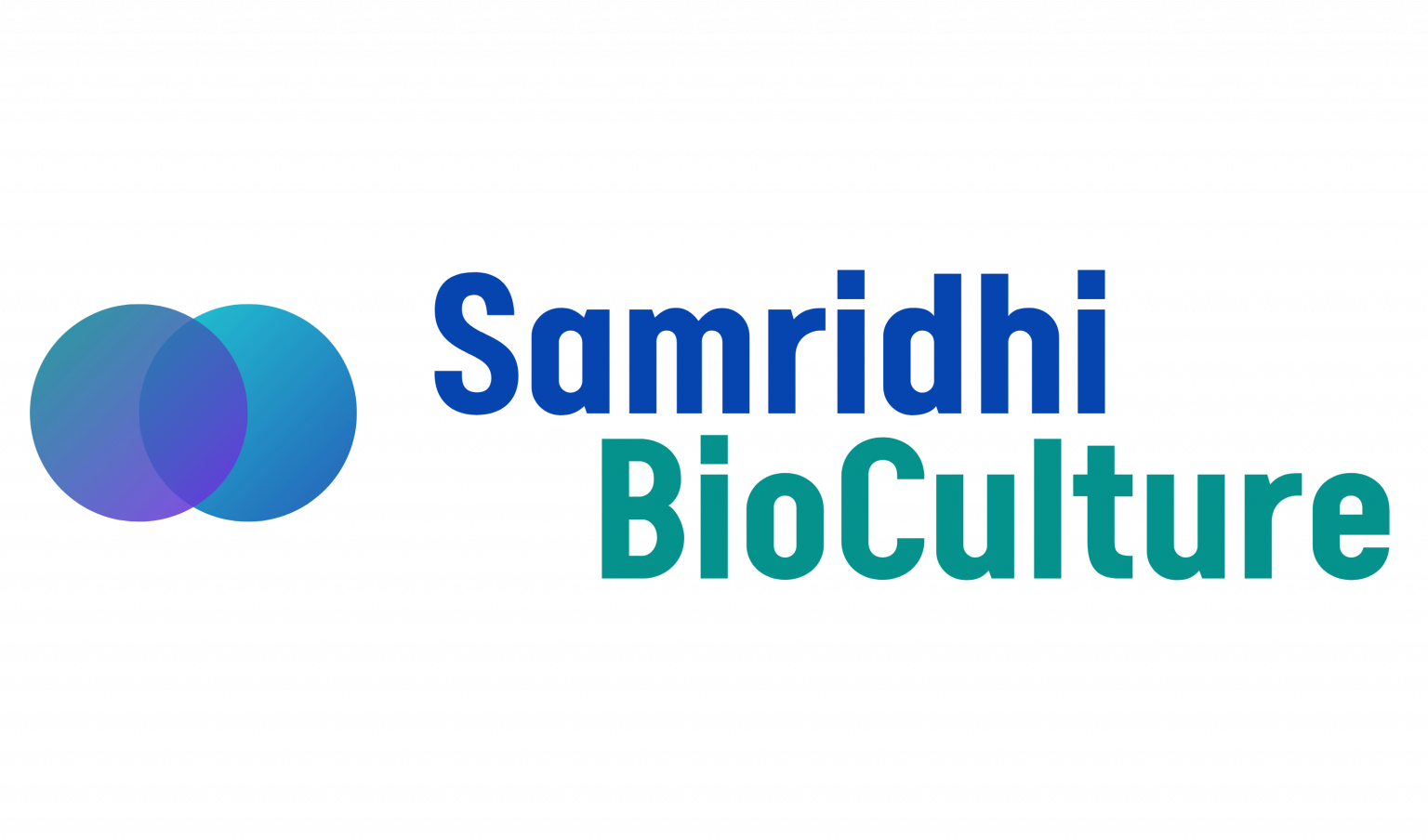Bio Fertilizer Liquid Formulation
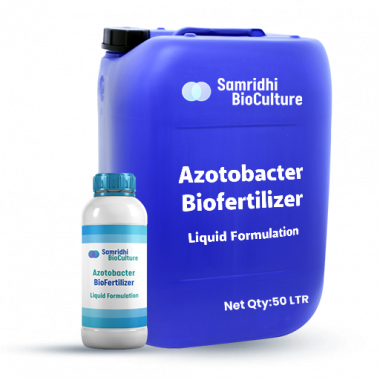
Azotobacter
Liquid Formulation
Azotobacter chroococcum product is a bio-fertilizer based on the selective strains of nitrogen-fixing beneficial bacteria of Azotobacter chroococcum. This is available in Water Soluble Powder formulation. Azotobacter chroococcum.
Acetobacter
Liquid Formulation
Acetobacter fixes the atmospheric nitrogen through the process of biological nitrogen fixation and makes it available to plant in an easily assailable and utilizable form. Acetobacter colonies inside crop tissue and makes available nitrogen for plant consumption.
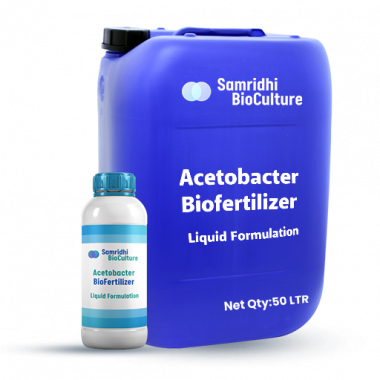
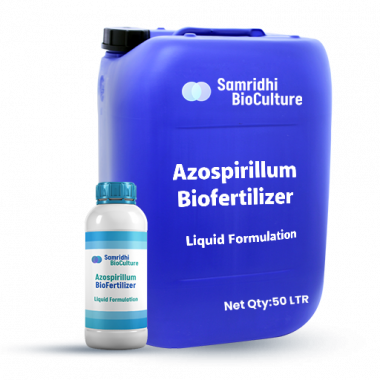
Azospirillum
Liquid Formulation
Azospirillum Microorganism is liquid biological N (Nitrogen) supplement for soil & plant. It has nitrogen fixating bacteria effective for all non leguminous crops.
Rhizobium
Liquid Formulation
Rhizobium (Bradyrhizobium japonicum) bacteria is a bio-fertilizer based on the selective strains of nitrogen-fixing beneficial Rhizobium bacteria. This is available in powder formulation. Rhizobium fixes the atmospheric nitrogen through the process of biological nitrogen fixation
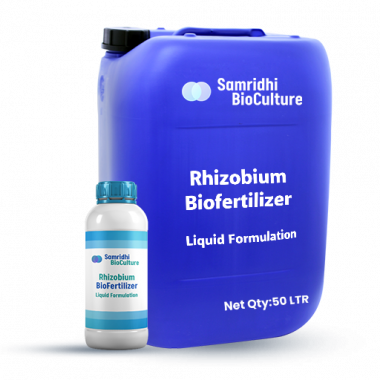
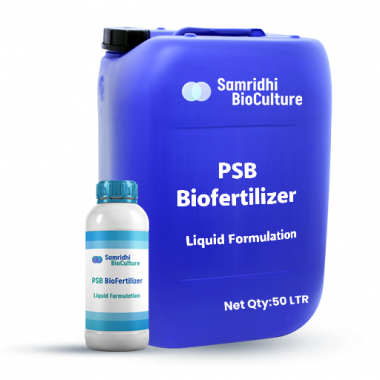
PSB
Liquid Formulation
PSB contains Bacillus megaterium & Bacillus Polymyxa bacteria which have attracted the attention of agriculturists as soil inoculums to improve the plant growth and yield. When PSB is used with rock phosphate, it can save about 50% of the crop requirement of phosphatic fertilizer.
KMB
Liquid Formulation
KMB (Potash Mobilizing Microorganism) is liquid biological potash supplement for soil & plant. It is usually abundant in soil and plays great role in plant growth. It is produced by highly equipped recently developed Biotechnology.
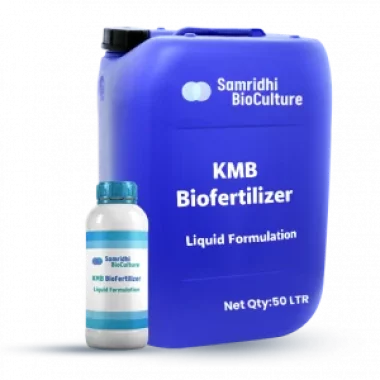
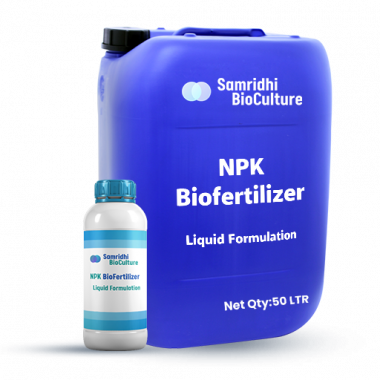
NPK
Liquid Formulation
NPK has the unique ability to enrich the soil with Nitrogen, Phosphorus and Potash. It efficiently fixes atmospheric nitrogen, solubilizes insoluble and chemically fixed phosphates and has the ability to mobilize and solubilize soil potash and insoluble potash compounds thus making all three of these essential nutrients available to the plant in a ready, available form.
Mycorrhiza
Liquid Formulation
Mycorrhiza is a symbiotic association between a green plant and a fungus. The plant makes organic molecules such as sugars by photosynthesis and supplies them to the fungus, and the fungus supplies to the plant water and mineral nutrients, such as phosphorus, taken from the soil.

What is Bio Fertilizer Liquid Formulation?
Bio Fertilizer Liquid Formulation is a specialized liquid fertilizer that contains a combination of beneficial microorganisms such as bacteria, fungi, or algae. This formulation is designed to enhance soil fertility, promote plant growth, and improve overall plant health. The biofertilizer works by establishing a symbiotic relationship with plants, aiding in nutrient uptake, suppressing pathogens, and improving soil structure.
How should Bio Fertilizer Liquid Formulation be applied?
To ensure effective application of Bio Fertilizer Liquid Formulation, follow these guidelines:
- Dilution: Mix the formulation with water according to the recommended dosage. Refer to the product instructions or consult with an agronomist for specific recommendations.
- Application method: Apply the diluted formulation to the soil around the base of the plants or use it as a foliar spray, ensuring thorough coverage of the leaves.
- Timing: Apply the formulation during periods of active plant growth or as recommended for specific crops or plant species.
Three important points about applying Bio Fertilizer Liquid Formulation are:
- Dilute the formulation as per instructions.
- Apply to the soil or as a foliar spray.
- Apply during active plant growth or as recommended for specific crops.
Is Bio Fertilizer Liquid Formulation safe for plants and the environment?
Yes, Bio Fertilizer Liquid Formulation is safe for plants and the environment when used according to the recommended guidelines. It consists of beneficial microorganisms that promote plant growth and soil health without posing harm to plants, humans, or the ecosystem. It is an environmentally friendly alternative to synthetic fertilizers and chemical pesticides.
